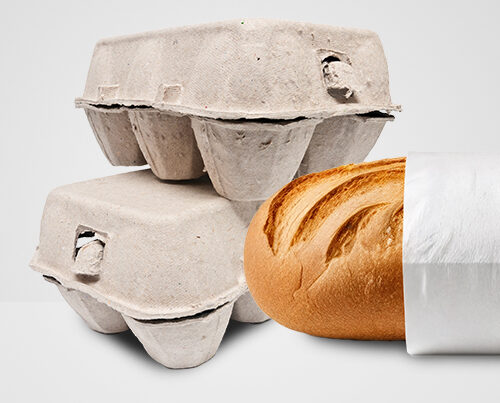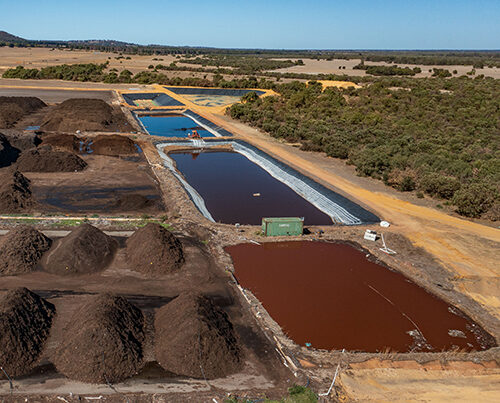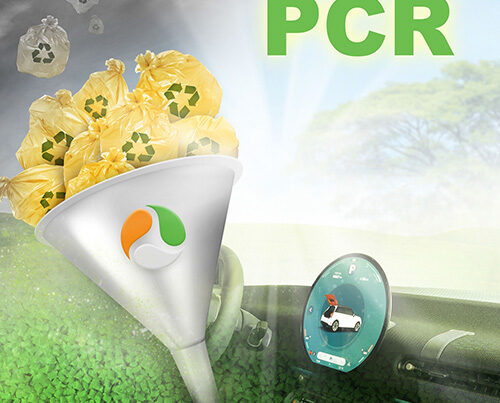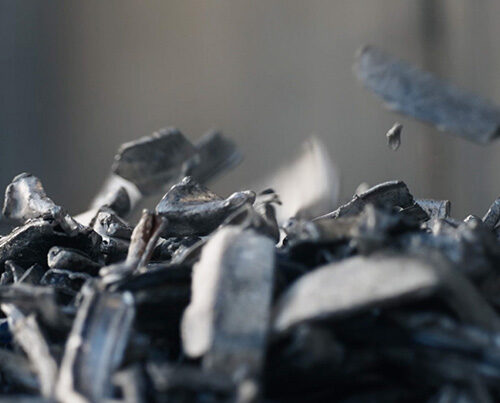There is room for more
Whenever discussions are held in Germany about recycling, they are always limited to how much of the material at the beginning of the chain is passed on for recycling, whichever type of processing this may be. At no point, however, have steps been taken to determine to what extent the recycled raw materials are then actually fed back into production cycles. At present, approx. 15% of the total demand for raw materials in Germany is covered by recycled raw materials. With the global consumption of raw materials continuing to steadily grow, it goes without saying that this figure is too low. What is the best way then to encourage the use of recycled raw materials?
Minimum rates would help
The KRU [Resources Commission at the German Environment Agency] recommends that a minimum substitution rate for the use of recycled raw materials should be introduced for manufacturers and industrial businesses to achieve just that. Such a rate would provide a realistic benchmark to measure the success of recycling systems, as it would give a clearer picture of the ratio between the use of recycled raw materials and overall demand for raw materials. What’s more, this would create an incentive to deploy more recycled raw materials, which, in turn, would benefit the climate and help conserve natural resources. The current system of limiting minimum recycling rates to volumes of input and output only shows one side of the story and does not influence in any way how many of these materials are actually used in production processes.

of CO2-eq emissions would, experts estimate, be cut if the German industry were to double the volume of recycled raw materials used in their production processes from 15% to 30%
A step-by-step approach
By introducing a minimum substitution rate, it would be possible to measure the exact volumes of recycled material that find their way back into products. The Resources Commission recommends that such a minimum rate should initially be set at national level and for individual materials and elements. Over the medium to long term, it would then be good to see a detailed breakdown across different industries and for specific product groups. Furthermore, such a substitution rate could deliver information about which primary materials and which functions have been substituted, helping to ascertain the quality of the recycling systems.
Call for minimum recycled content
A further important recommendation made by the Commission is the introduction of minimum recycled content in individual products. In its position paper, the KRU argues that transparent and ambitious recycling standards should be set that go beyond the current minimum waste-related recycling rates. The first step would be to clarify whether concrete minimum recycled content targets can be set for certain product groups. It would certainly be good for tackling climate change. Experts estimate that emissions of CO2 equivalents would be cut by around 60 million tonnes if the German industry were to double the volume of recycled raw materials used in their production processes from the current 15% to 30%.
Image credit: image 1: AdobeStock: digitalstock












